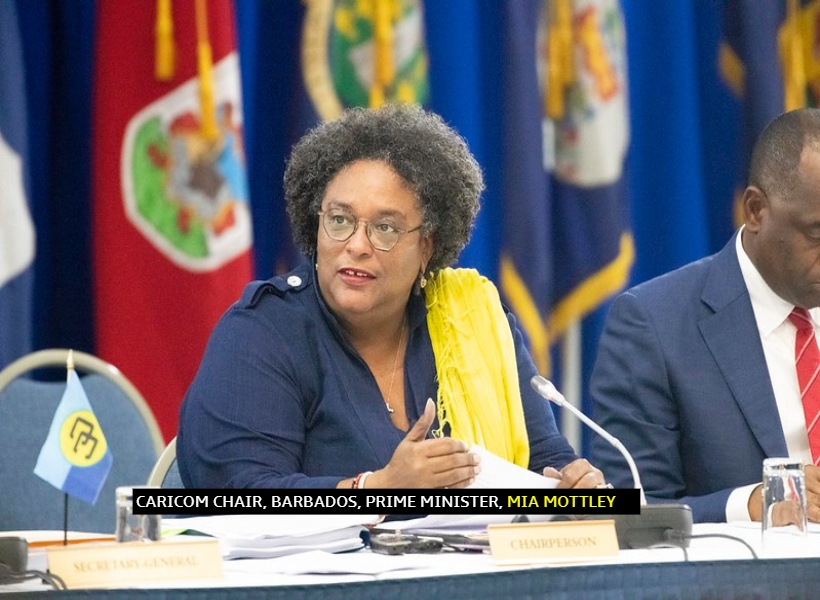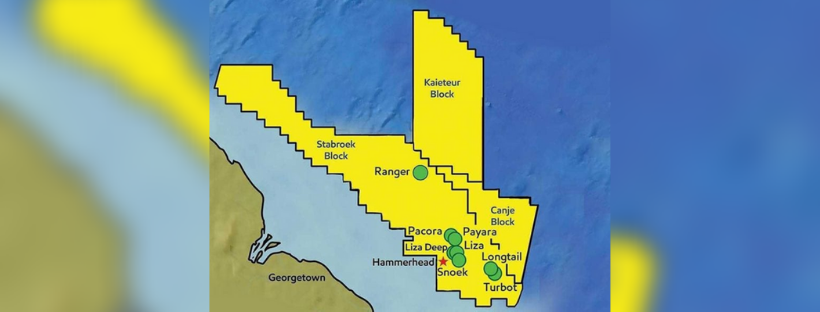ExxonMobil, the operator of the Stabroek Block, had anticipated receiving approvals for the Payara Project by the end of 2019. But a range of issues delayed project approvals. Two of the main challenges include the turbulent political climate and corrections it was instructed to make to its Field Development Plans.
But there are clear consequences for such delays says Rystad Energy, one of the industry’s leading providers of energy data and analysis. In its most recent report, Rystad said that delays have not only caused an erosion in net present value (NPV) for the operator but also Guyana. ( NPV which is basically any money you get now is worth more to you now than money you will get in the future or any money you can defer spending now is better for you in the future).
Rystad in its analysis noted that Guyana has already lost around US$300 million in NPV as a result of project delays. Further to this, the Norwegian company stated, “In our base case, the NPV of the revenue that Payara-Pacora could generate for the government now stands at around $4.75 billion. However, if the project gets further delayed, we see NPV dropping to US$4.45 billion with a 12-month delay and to US$4.2 billion with a 24-month delay.”
Rystad added, “Companies involved in the project are also losing money. In our base case the project partners’ NPV stands at around US$3.3 billion. This figure could drop by $200 million if the project gets delayed by a year and by an additional $300 million if the lag extends to a second year.”
Further to this, the data company noted that approval delays for Payara-Pacora could have a domino effect on numerous other projects in the Stabroek Block. It said that this would in turn have a substantial impact on the investments made in Guyana, thereby also dragging down job creation and Gross Domestic Product generation in the country.
THE PAYARA PROJECT
ExxonMobil has identified Payara as the third potential development project within the Stabroek block after Liza Phase One and Two. The Payara discovery was announced in January 2017. The discovery well was drilled in a new reservoir, encountering more than 29 meters of high-quality oil-bearing sandstone reservoirs. It was safely drilled to 5,512 meters in 2,030 meters of water.
The Payara development plan includes a floating production, storage and offloading vessel (FPSO) named Prosperity. It is expected to produce 220,000 barrels per day supporting up to 45 wells, including production, water injection and gas injection wells.











